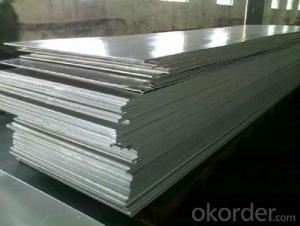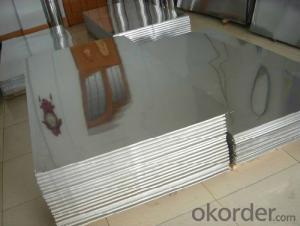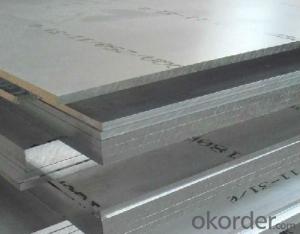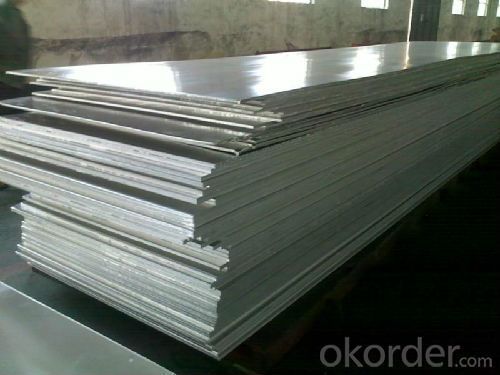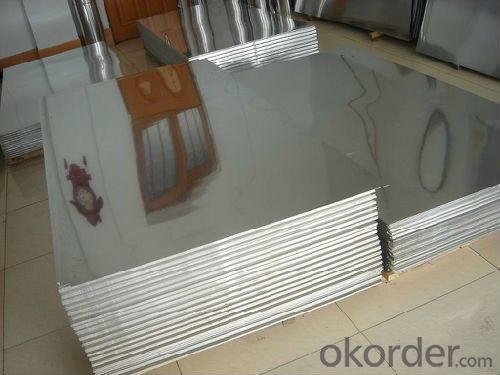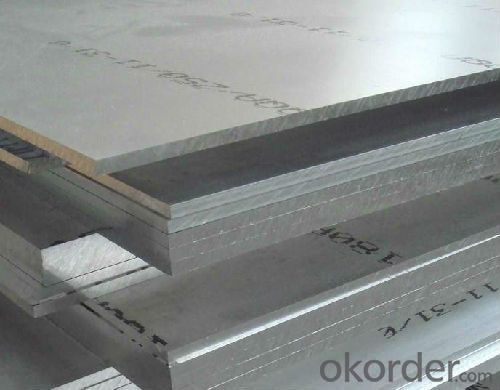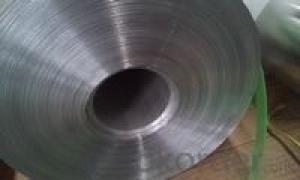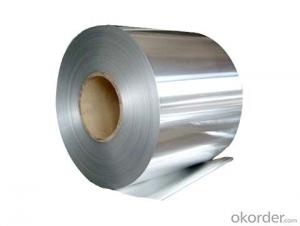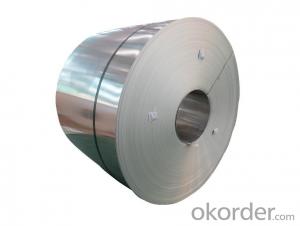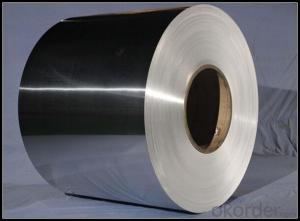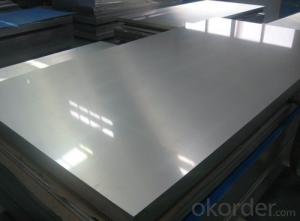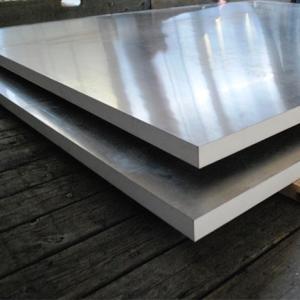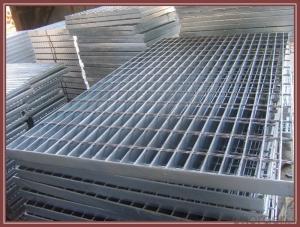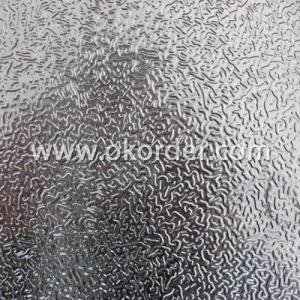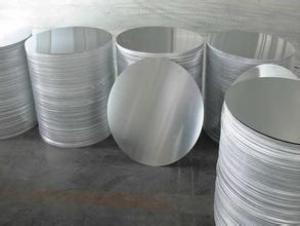Painted Aluminum Sheets Price - Aluminium Coils/Sheet AA1050 AA1060 AA1070 AA1100
- Loading Port:
- Shanghai
- Payment Terms:
- TT OR LC
- Min Order Qty:
- 3 m.t.
- Supply Capability:
- 9000 m.t./month
OKorder Service Pledge
OKorder Financial Service
You Might Also Like
Specification
Related:
Description | Alloy | Temper | Size mm | Norms & | ||
Thickness | Width | Length | ||||
Non-heat- | 1xxx, 3xxx, | O,F,H111,H112,H12, | 0.2~1.0 | 500~1500 | 900~1700 | YS/T91 |
1.1~2.0 | 1000~1800 | 500~10000 | ||||
5xxx series | O,F,H111,H112,H12, | 0.2~1.0 | 1000~1500 | 1000~10000 | GB/T3880 | |
Heat-treatable | 2xxx, 6xxx, | O,F,H111,H112, | 0.5~1.0 | 1000~1500 | 1000~10000 | YGB/T3880 |
T351,T451, | 5.0~150 | 1000~2500 | 1000~10000 | GJB1741 | ||
Braze welding | LQ1, LQ2, | O,H24 | 0.5~4.0 | 1000~1800 | 1000~10000 | YS/T69 |
Tread plate | 1x,3x,5x | O,H22,H24,H26 | Bottom thick | 1000~1600 | 1000~10000 | GB/T3618 |
Curtain wall sheet | 1x,3x series & 5005,5052 | O,H14,H24 | 1.5~4.0 | 914~2200 | 1000~5500 | YS/T429.1 |
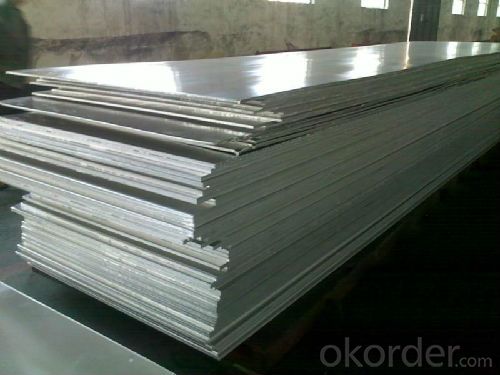
| 1) Chemical ingredients: | According with the rules of GB /T3190-1996 |
| 2) Physical property: | The physical property testing of basis material under room |
| Temperature accords with the rules of GB /T8544-1997 | |
| 3) Appearance quality: | Clear patern and tidy without burr |
| 4) Surface: | No crack, selvedge, canker, hole 1) Chemical ingredients: According with the rules of GB /T3190 2) Physical property:The physical property testing of basis material under roomTemperature accords with the rules of GB /T8544-1997 3) Appearance quality: Clear patern and tidy without burr 4) Surface:No crack, selvedge, canker, hole |
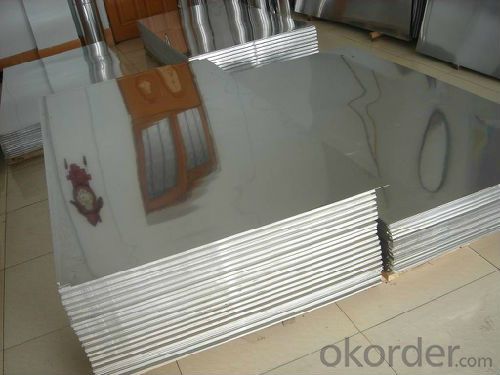
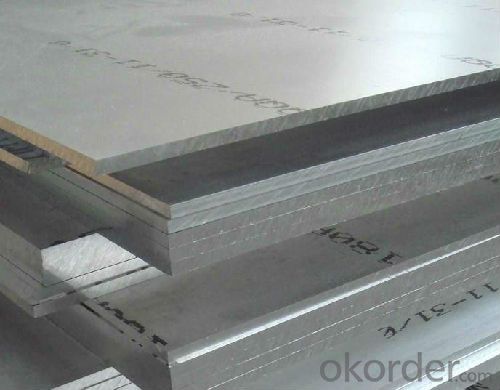
- Q: i went on the apple education site cuz i was gonna order an aluminum today, and it isnt there anymore!!!! i was on it like 2 hours ago and it was...wtf!!! anyone know whuts up?
- Yes...All Aluminium Macbooks are now turned to Macbook Pros. So might want to try the Mid 2009 white macbook or you have to go with 13 Macbook Pro... vist www.parithi for details..
- Q: Can aluminum sheet be used for automotive heat shields?
- Yes, aluminum sheet can be used for automotive heat shields. Aluminum is a popular choice for heat shields in the automotive industry due to its excellent thermal conductivity and high heat resistance. It helps to protect sensitive components from excessive heat by reflecting and dissipating the heat away from the desired areas. Additionally, aluminum is lightweight and corrosion-resistant, making it an ideal material for automotive applications. It is commonly used in various heat shield designs, including exhaust heat shields, engine heat shields, and under-carriage heat shields.
- Q: Are aluminum sheets suitable for use in HVAC (heating, ventilation, and air conditioning) systems?
- Yes, aluminum sheets are suitable for use in HVAC systems. They offer several advantages such as high thermal conductivity, corrosion resistance, and lightweight nature, making them ideal for efficient heat transfer and durability in HVAC applications.
- Q: The question asks if it is possible to recycle used aluminum foil to create new aluminum sheets.
- <p>Yes, recycled aluminum foil can be used to make new aluminum sheets. The process involves collecting and sorting the foil, which is then cleaned and melted down. The molten aluminum is poured into molds or rolled into sheets, creating new aluminum products. This recycling method is not only environmentally friendly but also economically viable as it saves energy compared to producing aluminum from raw materials.</p>
- Q: Calculate the molar mass of the aluminum oxide. A 5.00g strip of aluminum is reacted in air, producing an oxide weighing 9.36g. Calculate the percent oxygen and aluminum in the compound.Calculate the % error for percent of aluminum calculated.
- 1) Yes, indeed. Al?O? is the correct formula for aluminum oxide. Because the ionic formula is Al?? and O??. (Aluminum has an oxidation number of 3+ ; and oxygen has an oxidation number of 2- . So a neutral ionic compound will have the formula Al?O?. Each element will take the number of the opposite ion.
- Q: Can aluminum sheets be used for food packaging?
- Indeed, aluminum sheets possess the potential to serve as food packaging. Owing to its distinctive qualities, aluminum emerges as a favored material for food packaging. Its attributes include being lightweight, flexible, and possessing exceptional barrier properties, enabling it to safeguard food products effectively from moisture, light, oxygen, and other external impurities. Aluminum sheets frequently find application in packaging diverse food items, including beverages, canned goods, ready-to-eat meals, and snacks. Moreover, aluminum is recyclable, rendering it an environmentally conscious preference for food packaging.
- Q: Aluminum plate thickness 3 mm, what is the allowable error in the national standard thickness?
- The allowable deviation of plate thickness in GB/T3880.3-2006 "general industrial aluminum plate, strip and Aluminum Alloy third part:" size deviation provisions, I have the standard download URL sent to you a message, please check.The deviation is divided into ordinary and high level, +0.10, -0.12
- Q: Are aluminum sheets suitable for architectural louvers?
- Yes, aluminum sheets are suitable for architectural louvers. Aluminum is a popular choice for louvers due to its lightweight, durable, and corrosion-resistant properties. It can be easily molded into various shapes and sizes, making it ideal for architectural applications. Additionally, aluminum louvers offer excellent strength-to-weight ratio and can withstand harsh weather conditions, making them a reliable choice for architectural projects.
- Q: This question asks about the ability of aluminum sheets to withstand weather conditions without deteriorating.
- <p>Aluminum sheets have excellent weathering resistance. They are highly resistant to corrosion and oxidation, which makes them suitable for outdoor applications. Aluminum forms a protective oxide layer when exposed to air, which prevents further corrosion. This property allows aluminum sheets to maintain their appearance and structural integrity over time, even in harsh weather conditions. Additionally, aluminum can be coated or anodized to further enhance its resistance to weathering.</p>
- Q: Calculate the mass in grams of Iodine (I2) that will react completely with 20.4 g of aluminum to form aluminum oxide (AlL3)
- Aluminium oxide? Shouldn't it be Aluminium iodide? 1. Form a balanced equation 3I2 + 4Al - 2Al2I3 2. Number of moles of Al 20.4/(Mr of Al) = 20.4/27 = 0.7555mol 3. Number of moles of I2 0.7555/4 x 3 = 0.5666mol 4. Mass of I2 required = 0.5666 x Mr of I2 = 0.5666 x (127x2) Ans: 143.9164g
Send your message to us
Painted Aluminum Sheets Price - Aluminium Coils/Sheet AA1050 AA1060 AA1070 AA1100
- Loading Port:
- Shanghai
- Payment Terms:
- TT OR LC
- Min Order Qty:
- 3 m.t.
- Supply Capability:
- 9000 m.t./month
OKorder Service Pledge
OKorder Financial Service
Similar products
Hot products
Hot Searches
Related keywords
